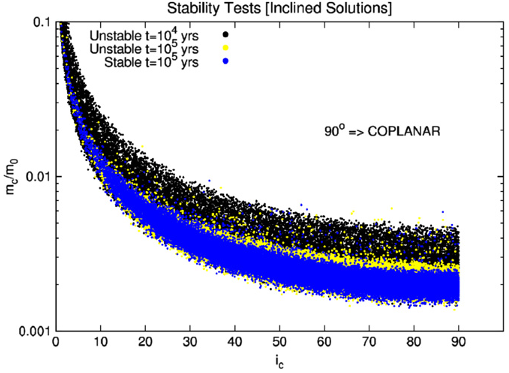Q2. Why is Kepler able to find companions that are intrinsically rare or otherwise difficult?
Because of its unprecedented photometric sensitivity,duty cycle, and time coverage, companions that are intrinsically rare or otherwise difficult to detect are expected to be found by Kepler, and detailed study of such discoveries can lead to characterization of poorly understood classes of objects and physical processes.
Q3. What are the parameters that were included in the fit?
Twelve parameters were included in the fit: for each planet, the times of inferior conjunction T0, orbital periods P, radial-velocity semi-amplitudes K, and the orthogonal quantities the authors sin and the authors cos , where e is orbital eccentricity and ω is the longitude of periastron; the systemic velocity, grel, in the arbitrary zero point of the TRES relative RV data set; and the FIES RV offset, DRVFIES.
Q4. What was used to correct for systematic velocity shifts between runs?
The nightly observations of RV standards were used to correct for systematic velocity shifts between runs and to estimate the instrumental precision.
Q5. How many time steps per innermost orbit is sufficient to ensure numerical stability?
Rauch & Holman (1999) demonstrated that ∼20 time steps per innermost orbit is sufficient to ensure numerical stability in symplectic integrations.
Q6. What is the fit to the derived stellar properties?
The stellar model best fit to the derived stellar properties provides color indices that may be compared against measured values as a consistency check and as a means to determine a photometric distance to the system.
Q7. Why do the authors think the v isin measurement is biased?
The authors do caution that their v isin measurement for this slowly rotating giant could be biased, for example, due to the unknown macroturbulent velocity of Kepler-432.
Q8. How can the authors mitigate the effect of the global MCMC fit?
This means that the heights of the m = ±1 components relative to the m = 0 component will change in opposite directions, so the effect can be mitigated by forcing the m = ±1 components to have the same height in the fit, as well as by performing a global fit to all modes, as the authors have done.





